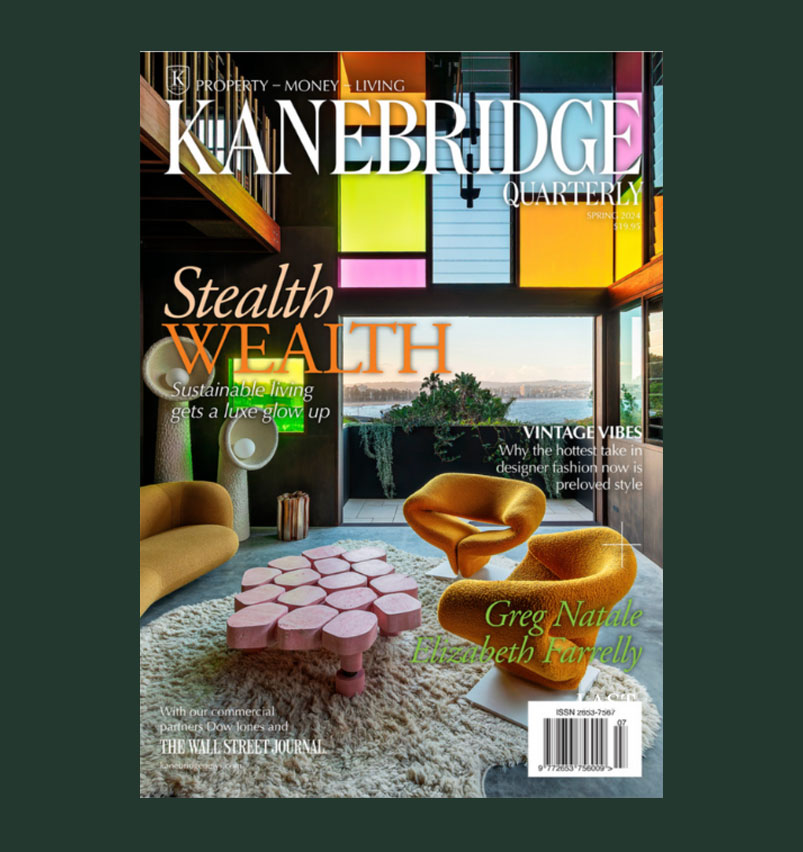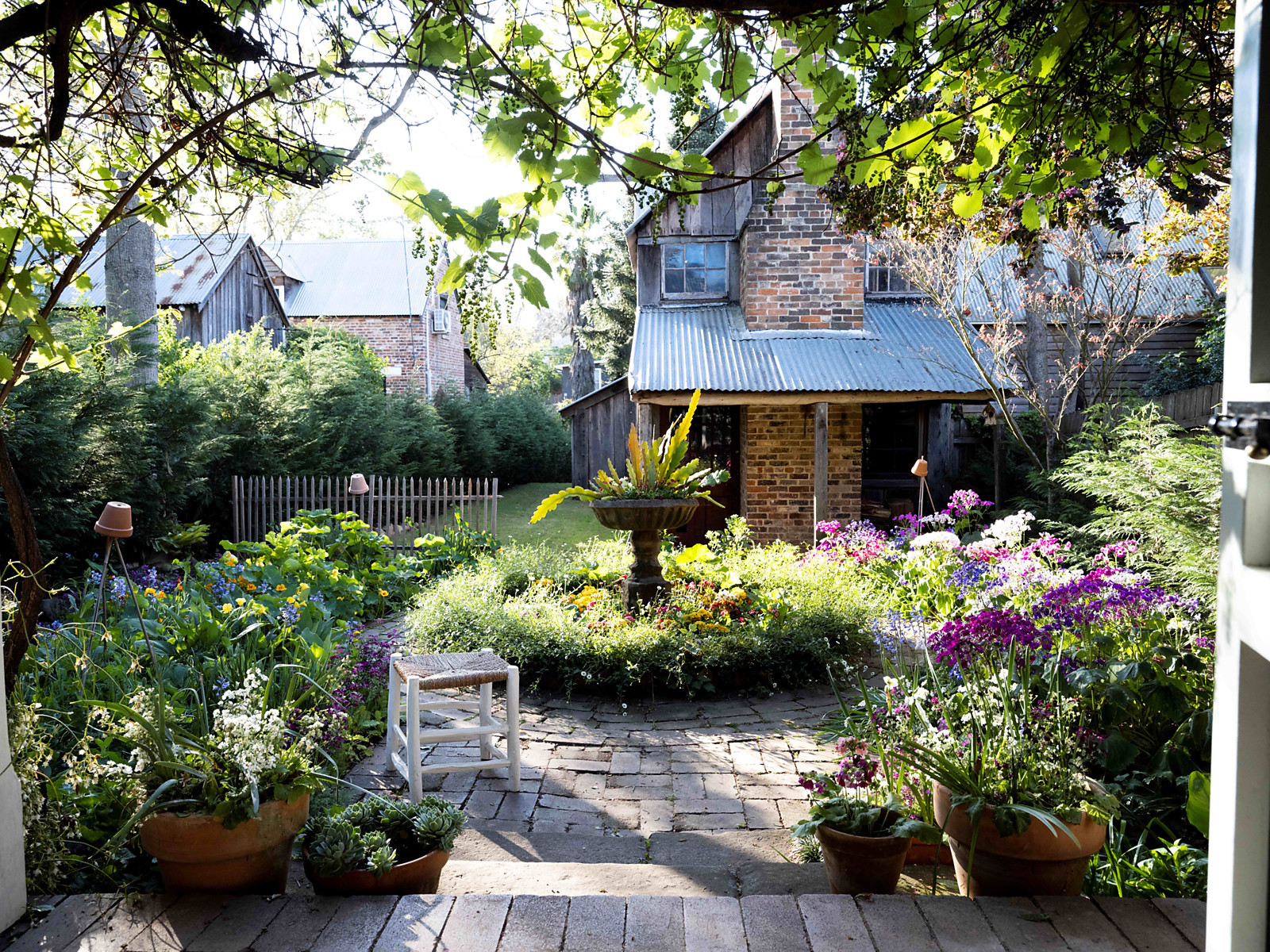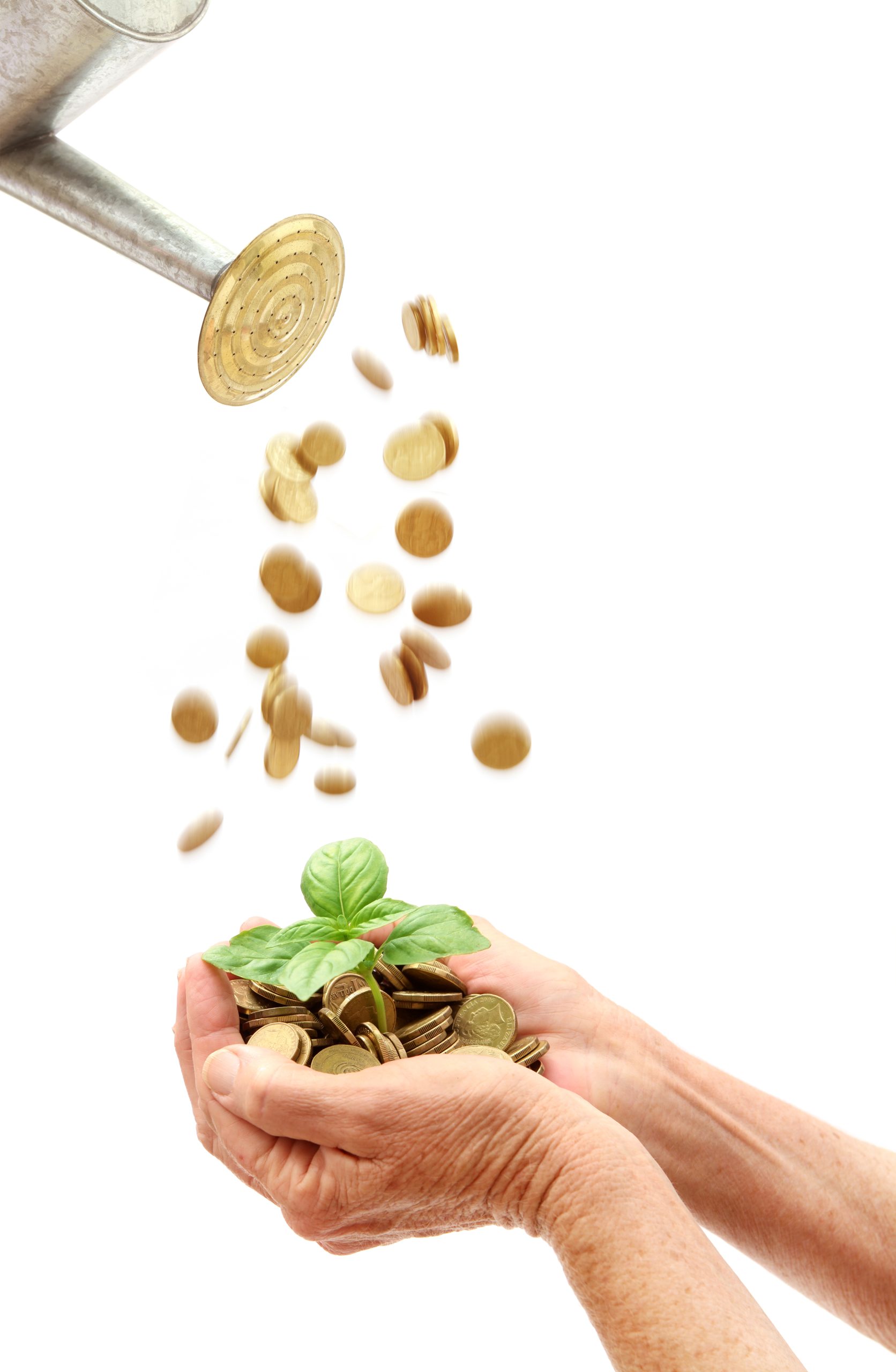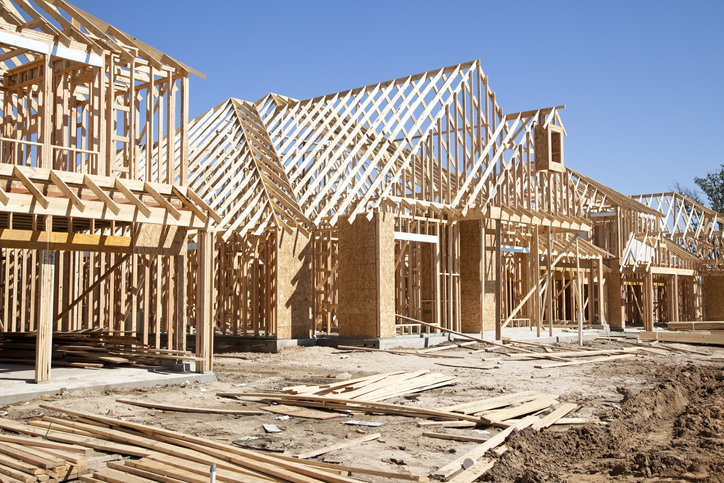Do You Have What It Takes to Be a ‘Personality Hire’?
Productivity comes second for charming employees who make workplaces more fun
If you get further on charm than skill and carry a workload light enough to float atop your bubbly demeanor, then you might be a “personality hire.”
Charismatic employees lay the foundations of positive corporate cultures—or leave teammates to pick up the slack. While some people proudly advertise themselves as personality hires on LinkedIn, others roll their eyes.
“It’s annoying,” says Lauren Gomes Atwood , a project manager in upstate New York. “They always have time to hang out in the hallway, but when do they sit down and work?”
Atwood, 39 years old, says she worked with a personality hire in a previous job. Though fun to be around, the person eventually generated resentment and, after winning a promotion , prompted several co-workers to quit, she says.
Atwood started a remote job last month and says her search took longer than expected, partly because interviewers seemed as interested in her vibe as they were in her experience. She describes herself as matter-of-fact and says she doesn’t give off the effervescence some employers appeared to be looking for.
Bosses want the warm-and-fuzzies as the mood at work is generally sour . One-third of U.S. employees say they’re engaged in their jobs—near an all-time low, according to Gallup’s annual report on the state of the workforce, released this month. Half of workers say they feel a lot of stress, and 49% are interested in new job opportunities or actively applying.
With so many lonely, unhappy charges, bosses are desperate for good workplace energy. They say camaraderie is hard to build on hybrid schedules, so they prize upbeat employees whose energy is (hopefully) infectious.
Michael Zachary , a security manager at Pratt & Whitney, says he learned the value of a winning disposition in the Navy. He noticed qualities like collegiality and willingness to learn often proved more critical to new recruits’ success than natural talent.
Certain roles at the defence contractor where he works now are highly specialised and must be filled by the most technically qualified candidates, he says. But others, like data-entry clerks, could be performed adequately by dozens of applicants.
“In that case, I’m going to hire the nicest person to be part of the group,” says Zachary, 38.
Meme to management strategy
The concept of a personality hire—like quiet quitting and lazy-girl jobs before—crystallised on social media. Few have captured the essence better than comedian Vienna Ayla, who plays a Miss Congeniality type in skits that have been viewed tens of millions of times on TikTok and Instagram.
The running joke is that her all-style-no-substance character contributes nothing, until she becomes a hero through schmoozing. In one bit, she gets her team a deadline extension by buttering up the chief executive. In another, she calls in a favour from the mayor, who happens to be her workout partner in an “ass and abs” exercise class.
Ayla, 27, tells me she hears from viewers who work with people like her character. Many feel frustrated, while others concede that personality hires can prove their worth in key moments, despite their lack of hustle.
“I kind of admire that type of person who doesn’t get so worked up but still manages to save the day,” says Ayla, who describes her real-life persona as type A.
Businesses don’t want caricatures, but many judge applicants differently than they did during hiring sprees a couple of years ago, says Brian Vesce , co-founder and CEO of RefAssured, a candidate-reference startup.
Skill was king during the talent war of 2021 and 2022, but recent layoffs suggest a lot of companies believe they have enough, or even too many, capable employees.
“We are seeing more employers looking for the right personality when a role opens up,” Vesce says.
Sensing the shift, he launched RefAssured last year in an attempt to measure characteristics in job candidates that are often called “intangibles.” Using the company’s software, references answer a series of questions about how an applicant communicates, handles stress, takes feedback and manages conflict. The responses yield a candidate’s soft-skill rating on a five-point scale.
Customers include 10 of the country’s 100 largest staffing agencies, Vesce says, and he expects to triple that total by year-end.
Red flag or badge of honour
Personality hires are a growing presence in tech, as efficiency-minded companies seek engineers who can also make time with customers, says Lorde Astor West , founder of RadHash, which makes back-end software for startups. But people who excel at gabbing about technology products usually aren’t the best coders, in her experience.
“The life of the party might be an individual who isn’t as capable, and now you have other team members who are having to make up the difference and fix mistakes,” she says.
Astor, 49, leads a team of about 100 employees and contractors and says she’s developed an appreciation for the snippy or introverted people who get things done. Give her a pricklebush over a personality hire any day.
Others wear the personality-hire label proudly. They say keeping their energy up takes effort and makes people around them better.
Danielle Norris calls herself a “personality hire meets hard work” on LinkedIn. She tells me emotional intelligence is among the top qualities she brings to her role as a marketing manager at the Jonus Group, a recruiting firm for insurance and finance companies. In meetings, she says she’s able to sense when a colleague is hesitant to share an idea and can help put that person at ease with a smile or encouraging word.
That leads to greater collaboration and results, according to Norris, 32.
“I bring the vibes,” she says. “I’m always looking to have a good time, but I’m still able to drive my team to success.”
 Copyright 2020, Dow Jones & Company, Inc. All Rights Reserved Worldwide. LEARN MORE
Copyright 2020, Dow Jones & Company, Inc. All Rights Reserved Worldwide. LEARN MORE
This stylish family home combines a classic palette and finishes with a flexible floorplan
Just 55 minutes from Sydney, make this your creative getaway located in the majestic Hawkesbury region.
Impact investing is becoming more mainstream as larger, institutional asset owners drive more money into the sector, according to the nonprofit Global Impact Investing Network in New York.
In the GIIN’s State of the Market 2024 report, published late last month, researchers found that assets allocated to impact-investing strategies by repeat survey responders grew by a compound annual growth rate (CAGR) of 14% over the last five years.
These 71 responders to both the 2019 and 2024 surveys saw their total impact assets under management grow to US$249 billion this year from US$129 billion five years ago.
Medium- and large-size investors were largely responsible for the strong impact returns: Medium-size investors posted a median CAGR of 11% a year over the five-year period, and large-size investors posted a median CAGR of 14% a year.
Interestingly, the CAGR of assets held by small investors dropped by a median of 14% a year.
“When we drill down behind the compound annual growth of the assets that are being allocated to impact investing, it’s largely those larger investors that are actually driving it,” says Dean Hand, the GIIN’s chief research officer.
Overall, the GIIN surveyed 305 investors with a combined US$490 billion under management from 39 countries. Nearly three-quarters of the responders were investment managers, while 10% were foundations, and 3% were family offices. Development finance institutions, institutional asset owners, and companies represented most of the rest.
The majority of impact strategies are executed through private-equity, but public debt and equity have been the fastest-growing asset classes over the past five years, the report said. Public debt is growing at a CAGR of 32%, and public equity is growing at a CAGR of 19%. That compares to a CAGR of 17% for private equity and 7% for private debt.
According to the GIIN, the rise in public impact assets is being driven by larger investors, likely institutions.
Private equity has traditionally served as an ideal way to execute impact strategies, as it allows investors to select vehicles specifically designed to create a positive social or environmental impact by, for example, providing loans to smallholder farmers in Africa or by supporting fledging renewable energy technologies.
Future Returns: Preqin expects managers to rely on family offices, private banks, and individual investors for growth in the next six years
But today, institutional investors are looking across their portfolios—encompassing both private and public assets—to achieve their impact goals.
“Institutional asset owners are saying, ‘In the interests of our ultimate beneficiaries, we probably need to start driving these strategies across our assets,’” Hand says. Instead of carving out a dedicated impact strategy, these investors are taking “a holistic portfolio approach.”
An institutional manager may want to address issues such as climate change, healthcare costs, and local economic growth so it can support a better quality of life for its beneficiaries.
To achieve these goals, the manager could invest across a range of private debt, private equity, and real estate.
But the public markets offer opportunities, too. Using public debt, a manager could, for example, invest in green bonds, regional bank bonds, or healthcare social bonds. In public equity, it could invest in green-power storage technologies, minority-focused real-estate trusts, and in pharmaceutical and medical-care company stocks with the aim of influencing them to lower the costs of care, according to an example the GIIN lays out in a separate report on institutional strategies.
Influencing companies to act in the best interests of society and the environment is increasingly being done through such shareholder advocacy, either directly through ownership in individual stocks or through fund vehicles.
“They’re trying to move their portfolio companies to actually solving some of the challenges that exist,” Hand says.
Although the rate of growth in public strategies for impact is brisk, among survey respondents investments in public debt totaled only 12% of assets and just 7% in public equity. Private equity, however, grabs 43% of these investors’ assets.
Within private equity, Hand also discerns more evidence of maturity in the impact sector. That’s because more impact-oriented asset owners invest in mature and growth-stage companies, which are favored by larger asset owners that have more substantial assets to put to work.
The GIIN State of the Market report also found that impact asset owners are largely happy with both the financial performance and impact results of their holdings.
About three-quarters of those surveyed were seeking risk-adjusted, market-rate returns, although foundations were an exception as 68% sought below-market returns, the report said. Overall, 86% reported their investments were performing in line or above their expectations—even when their targets were not met—and 90% said the same for their impact returns.
Private-equity posted the strongest results, returning 17% on average, although that was less than the 19% targeted return. By contrast, public equity returned 11%, above a 10% target.
The fact some asset classes over performed and others underperformed, shows that “normal economic forces are at play in the market,” Hand says.
Although investors are satisfied with their impact performance, they are still dealing with a fragmented approach for measuring it, the report said. “Despite this, over two-thirds of investors are incorporating impact criteria into their investment governance documents, signalling a significant shift toward formalising impact considerations in decision-making processes,” it said.
Also, more investors are getting third-party verification of their results, which strengthens their accountability in the market.
“The satisfaction with performance is nice to see,” Hand says. “But we do need to see more about what’s happening in terms of investors being able to actually track both the impact performance in real terms as well as the financial performance in real terms.”
This stylish family home combines a classic palette and finishes with a flexible floorplan
Just 55 minutes from Sydney, make this your creative getaway located in the majestic Hawkesbury region.






















